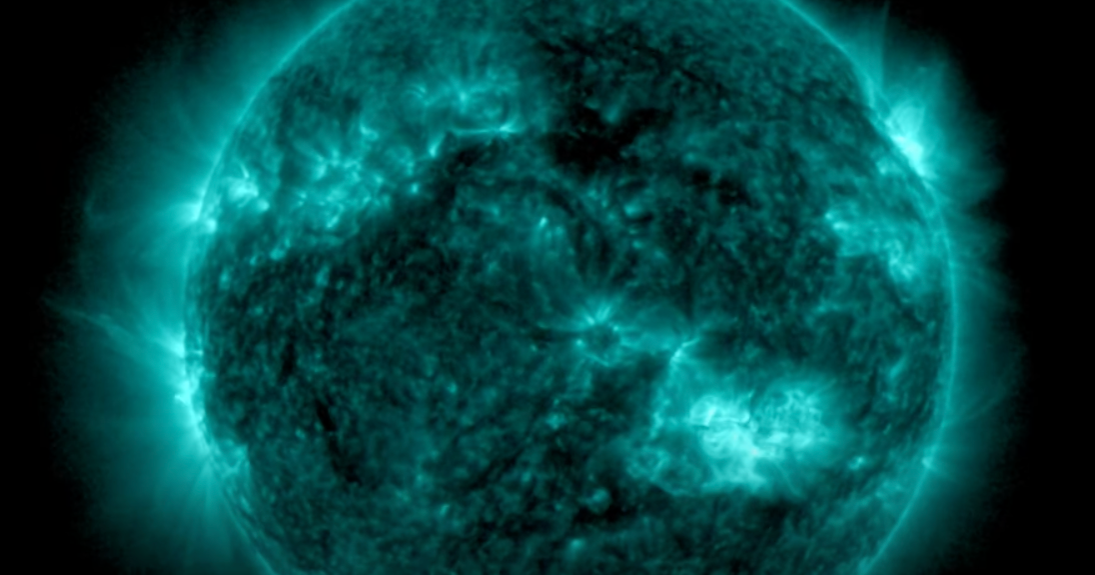A severe G4 geomagnetic storm could emerge on Friday, triggering a watch for a storm of this magnitude from NOAA officials for the first time in nearly 20 years. The watch comes after days of solar activity that seemingly sent several explosions of plasma and magnetic fields toward Earth.
G4s are the second-strongest form of geomagnetic storms and are known to potentially cause widespread voltage control problems. According to NOAA, they can also cause some protective systems to “trip out key assets from the grid,” as well as orientation issues for spacecraft. Aurora borealis, otherwise known as the Northern Lights, can be seen as far south as Alabama and in northern California as well.
In a press release on Thursday, NOAA said the most recent series of solar events started on May 8, when a large cluster of sunspots produced “several moderate to strong solar flares.” Solar flares are bursts of radiation known to be the solar system’s largest explosive events, according to NASA. The area where the recent flares occurred is 16 times the diameter of Earth, NOAA said, and more solar activity is expected.
There has also been a series of coronal mass ejections (CMEs), which are explosions of plasma and magnetic fields that come out of the sun’s corona, the outermost part of the sun’s atmosphere. At least five CMEs appear directed toward Earth and could arrive as early as midday on Friday and persist through Sunday, the agency said.
“This is an unusual event,” NOAA said.
NOAA
“Geomagnetic storms can impact infrastructure in near-Earth orbit and on Earth’s surface, potentially disrupting communications, the electric power grid, navigation, radio and satellite operations,” NOAA said. “[The Space Weather Prediction Center] has notified the operators of these systems so they can take protective action.”
NOAA said that this is the first time a storm watch has been issued for a G4 since January 2005. There is an average of 100 severe geomagnetic storms every solar cycle, but so far, there have only been three observed in the most recent cycle that began in December 2019. The most recent occurred on March 23. The last time there was an a G5 or extreme geomagnetic storm was in October 2003, when it caused power outages in Sweden and damaged transformers in South Africa.



